MDK Field Guide No: 8: Merry Making

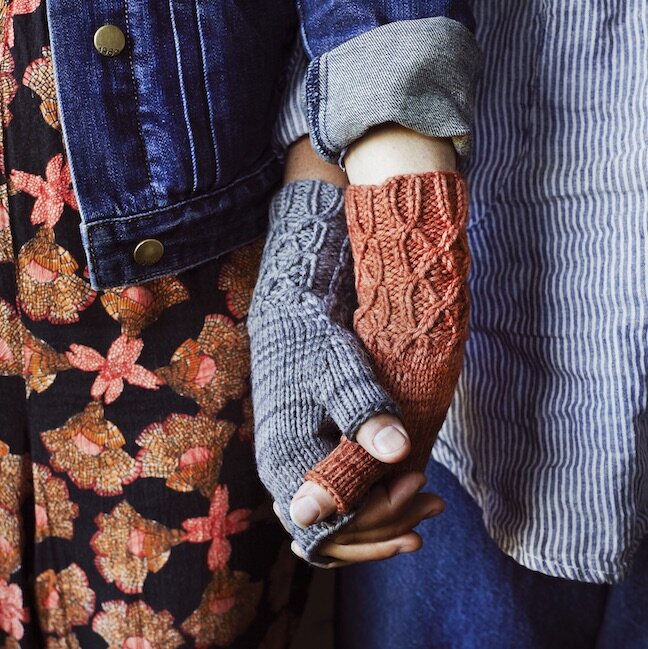
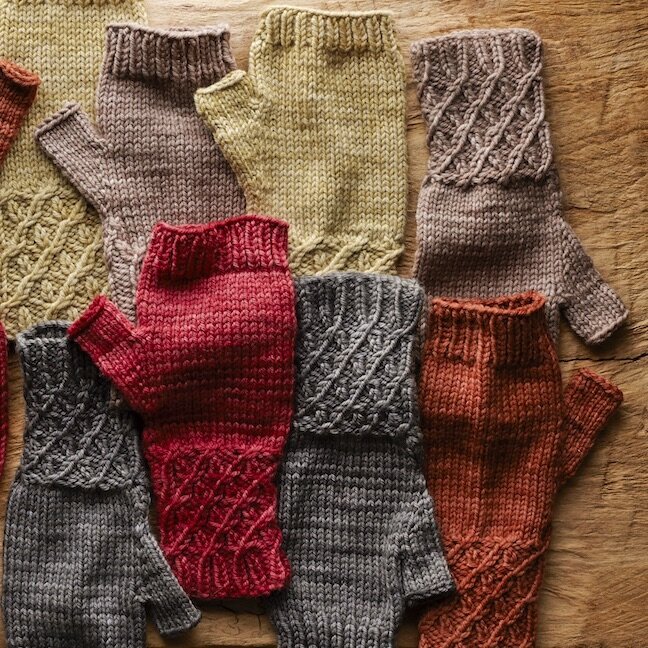
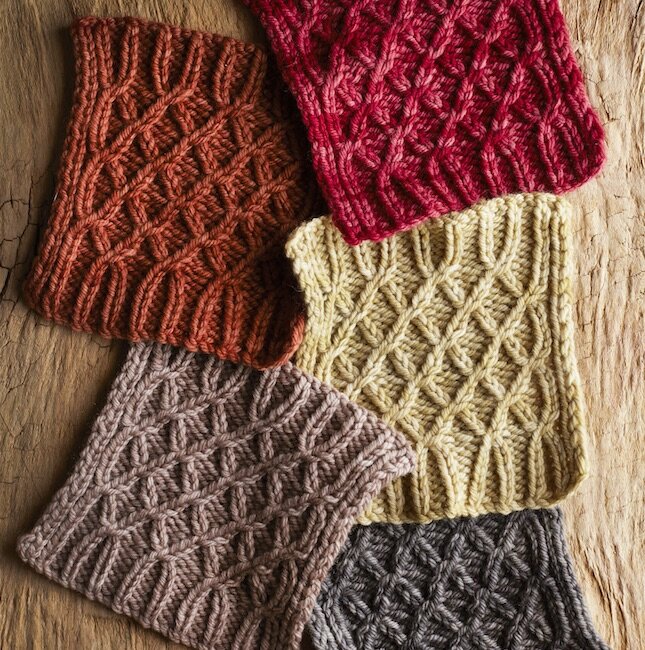
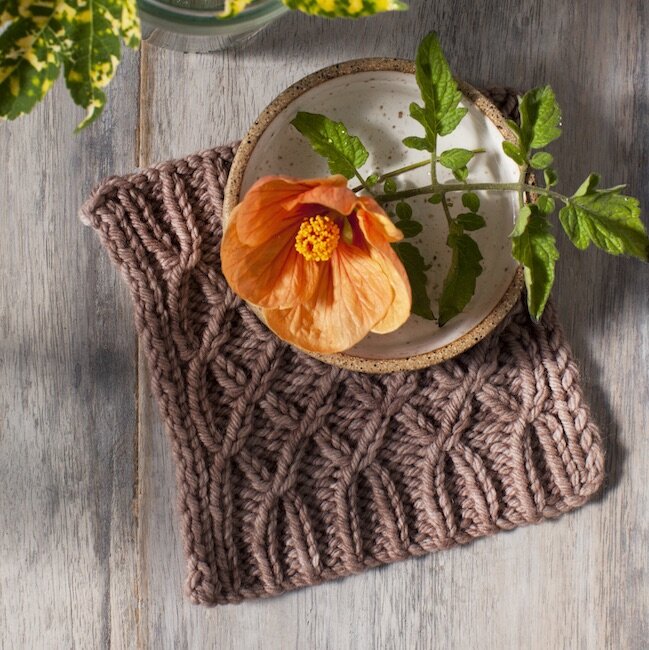
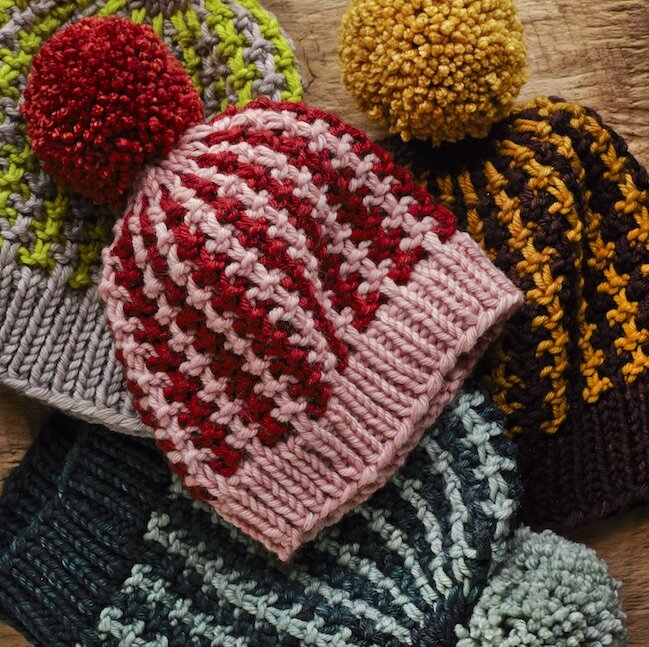
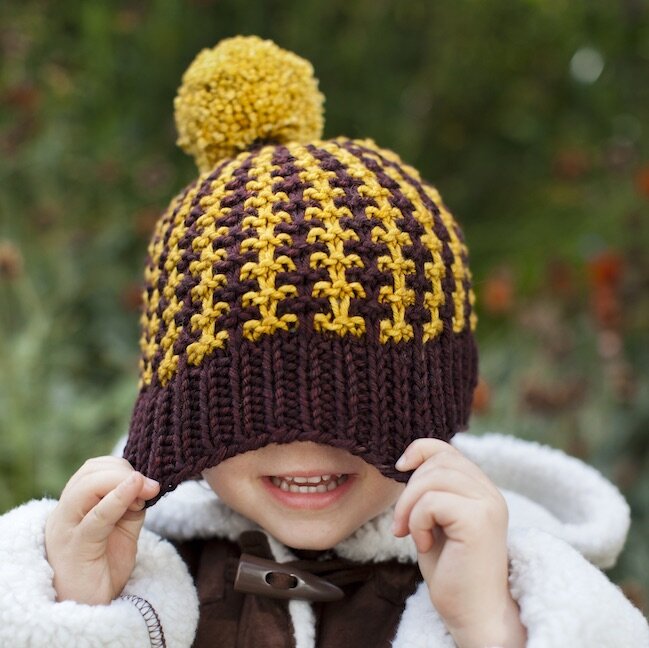

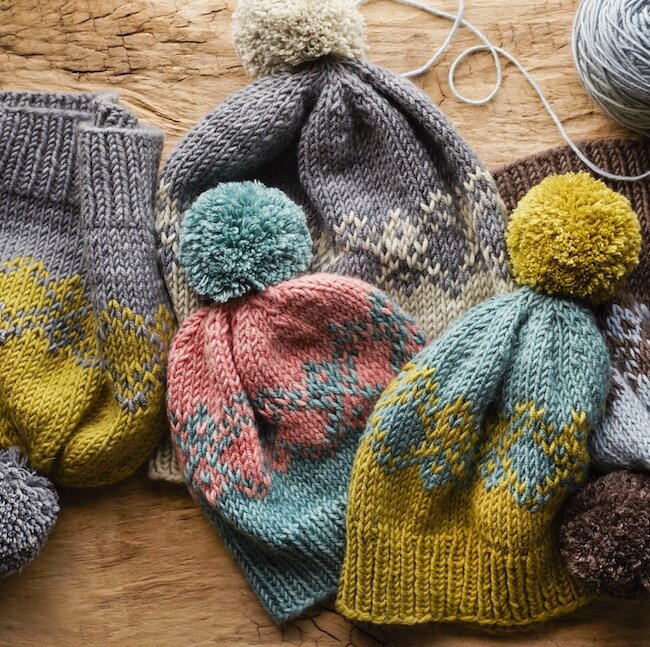
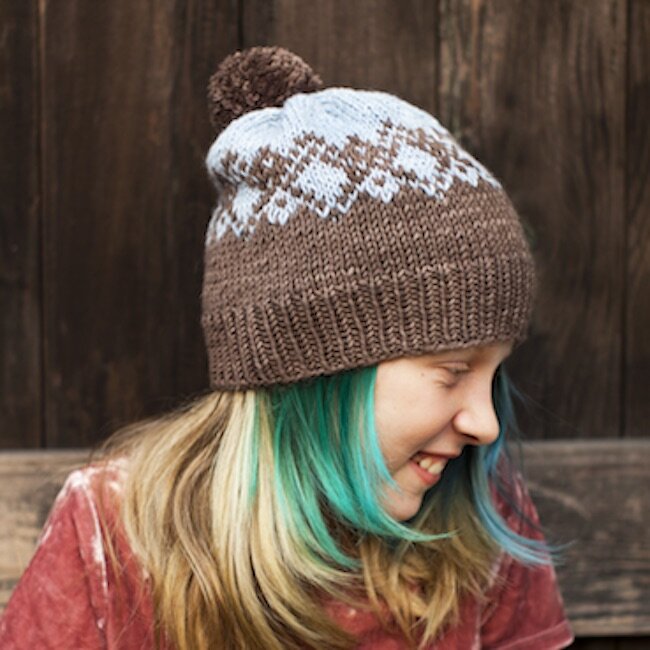

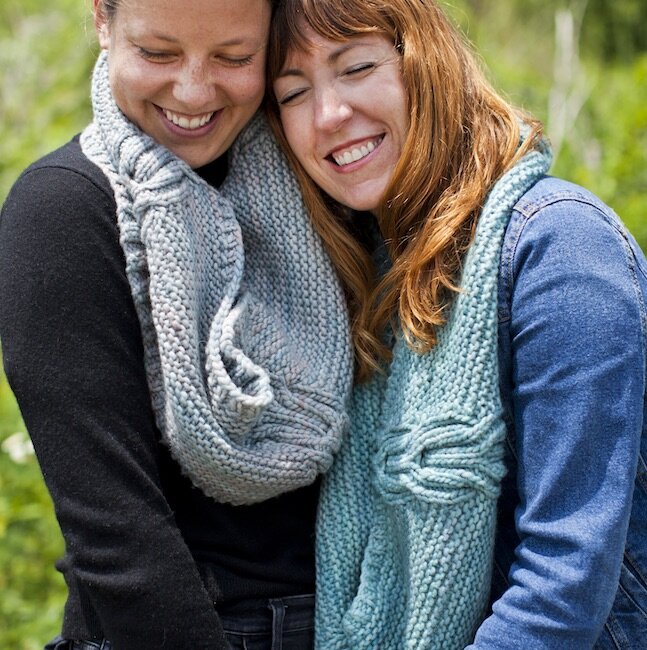
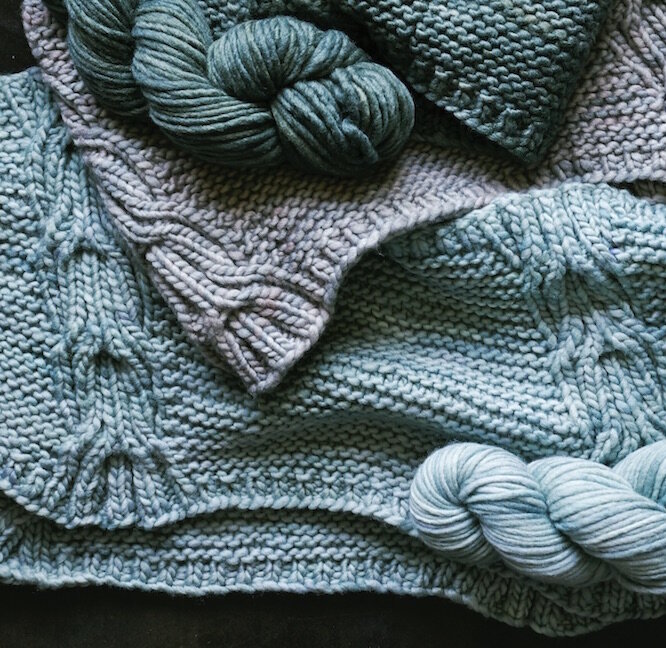
MDK Field Guide No: 8: Merry Making
This is the Field Guide that gives us the chance to make merry. To make plenty. To have near at hand a collection of clever designs that have a twist of fun and a splash of style.
For the designs in this Field Guide, we turned to one of the most skilled merrymakers we know, the inimitable Thea Colman. Thea took to heart the idea of designs that can be made quickly, easily, with enough variation that they never get old, and in lots of sizes.
You’ll see in these designs all Thea’s signatures: a crazy cable, graphic colorwork, juicy texture.
If you’re the organized, plan-ahead type, consider this Field Guide your prospectus for building a bountiful pile of hats, mitts, cowls, and coasters in time for holiday gift-giving.
If you’d rather wait until the stakes are higher and time is short, know that you have this Field Guide at the ready, full of quick gifts for all. Even with the best planning in the world, there’s some thing festive—or necessary—about dashing off a cute hat in the nick of time.
Appleseed Mitts:
We hereby anoint you an ambassador of fingerless mitts, a Johnny Appleseed spreading mitts throughout the land. And in the case of these decorative, becuffed mitts, making them is fun, with an addictive little purl twist stitch.
Appleseed Coasters:
Are mitts a bit more than you have time for? Sometimes we want to knit something small, yet useful and fun. When this mood strikes, swatch up a set of Appleseed Coasters. All the fun of that purl twist stitch, in a tasty little rug to slide under your coffee cup.
Slip-Stitch Cap:
We almost do not believe how quickly this hat knits up. It’s partly because the chunky yarn and big stitches mean fast knitting. But it’s also a fact that slip-stitch colorwork, in which only one color of yarn is worked at a time, actually speeds up your knitting. Do human heads even come in six sizes? Well, this cap does. It’s stylish for anyone, no matter what their style is, from toddler to overgrown teen. This could be the hat you knit for four generations of the family.
Stranded Diamond Hat:
Let’s say you want to whip up a quick hat, but you’re fancy, so you want to do a spot of real stranded colorwork. The Stranded Diamond Hat is the hat for you. It starts out with a field of solid-color stockinette in the round, and then breaks into a clean, graphic, and vaguely nordic two-color motif. The crown finishes with a short stretch of the second color. And a pom pom. We live in a great age of pom poms.
Chalice Cowl:
The fun-to-knit chalice-shaped cable is the star here. Its unusual, figurative form is deep and chewy, and stands out against the thick garter-stitch background. Because it is worked on the bias (brilliant choice!) this cowl holds its shape while gently cupping the head and neck. And it’s reversible, so no matter how quickly the cowl is slipped over the head or, in the longer versions, twisted into a double thickness, it still looks good.
There's a bit of a back story to the name of these guides...
The two American women, Kay Gardiner and Ann Shayne, who produce these guides run a company now known as Modern Daily Knitting, but up until a month ago the company was called Mason-Dixon Knitting. Ann and Kay were originally pen pals living in Nashville and New York respectively. They chose the name, it seems, to reflect that fact that one lived in the south and the other in the north of the USA.
I confess when I first ordered these guides in June 2020, just after they had changed the company name, I didn't realise the significance of the original name. But comments I saw online made me do a bit of homework. From Wikipedia I discovered that:
The Mason–Dixon line is a demarcation line between four U.S. states, forming part of the borders of Pennsylvania, Maryland, Delaware, and West Virginia (part of Virginia until 1863). It was surveyed between 1763 and 1767 by Charles Mason and Jeremiah Dixon in the resolution of a border dispute involving Maryland, Pennsylvania, and Delaware in Colonial America. It later became informally known as the border between the free (Northern) states and the slave (Southern) states. The Virginia portion was the northern border of the Confederacy. It came into use during the debate around the Missouri Compromise of 1820, when the boundary between slave and free states was an issue. It is still used today in the figurative sense of a line that separates the North and South politically and socially.
Having read this, I can understand the impetus for change and appreciate their choosing to act on it. My stock, however, was printed before the change took place and still carries the old company name. I have added this explanation to the website so that customers are aware of the situation.
